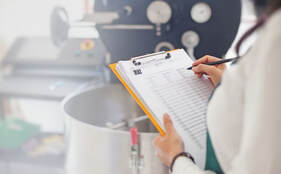 It almost sounds counterintuitive in light of how food safety has grown in visibility and importance over the past few years: When it comes to making changes to your food safety program, incremental adjustments are best. In a webinar presented by the National Restaurant Association, Chris Boyles, vice president of food safety at Steritech, said it’s critical to be able to track changes over time to demonstrate how well a restaurant is performing. Each time an operator makes a major change to their food safety program, it’s that much more difficult to track progress over time. Consider quarterly reviews as well as annual verification that the program aligns with business goals. When adjustments are needed, make them individually, on a cyclical basis, and in order of priority so your efforts are easier to track. 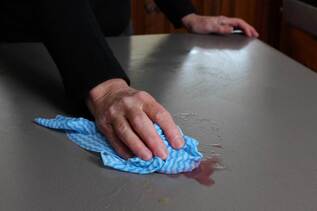 Your food safety program can’t be static. Evolving health risks, new staff and changing employee roles all make it important for restaurants to regularly track their adherence to – and communication of – their food safety procedures. Having an understanding of how you’re performing between inspections can help you adjust your training practices and even give you an opportunity to improve employee engagement by rewarding those who uphold your best practices (not simply penalizing those responsible after a food safety incident occurs). Steritech developed a quiz to help operators get a snapshot of how they are performing when it comes to food safety. It may serve as an extra tool to help you monitor what you do well and where you have room to improve.  If you’re still using manual checklists to manage food safety tasks, making the switch to digital can provide benefits in multiple areas. Beyond just helping you ensure tasks are completed, digital checklists can provide labor-saving assistance at scale – allowing you to view evidence of task completion across multiple locations at once, while also helping you predict food safety threats remotely. A Food Safety Tech report says that if a manager notes that the tables in the dining room are overdue to be cleaned, for example, they can alert employees to the problem and prompt action – something likely to be missed if that task were to be tracked manually.  Better food safety practices are likely to be among the permanent effects of the pandemic for foodservice operations. To ensure your improved practices have staying power, it’s important to bring together the various metrics you use to evaluate your food safety – including inspections from health departments and third parties as well as your own assessments – then review them regularly and communicate them clearly to staff. Comparing results over time and synthesizing evaluations from different sources can help you identify problem spots that need attention and translate them into clear action items for your team. 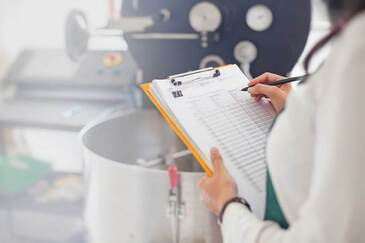 As you continue to build business back up after the constraints of the pandemic, you may be feeling the need to cut corners and revert to manual processes that you had been delegating to technology. Food Safety Tech reports that restaurants that had been using operational software to monitor food safety processes may be slipping back to the pen-and-clipboard method in an effort to contain costs on tech. Or, those that had been integrating more smart devices into their operation – remote temperature sensors or Bluetooth temperature probes, for example – may be using not-so-smart methods to track food safety practices if and when those devices break or need replacement. While this may be unavoidable in the near term, it just means that some extra precision is required at each stage to ensure your food safety standards aren’t slipping. 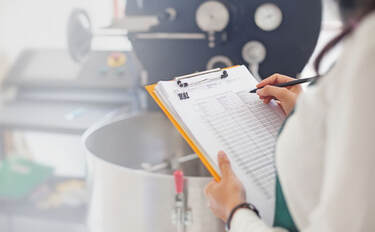 Is your team always inspection-ready? If not, having interim inspections can help your team develop the procedures it needs to form better habits – and make the actual inspection not such a big deal. Get an up-to-date copy of your local health inspector’s evaluation criteria and use it to fine-tune your existing procedures and division of tasks during each shift. If you’re in the midst of onboarding new staff and concerned about having tasks fall through the cracks as you get everyone up to speed, it can also help to use task management software to generate lists of tasks for employees to carry out. This can keep people on track regardless of how long they have been with you and who is around to assign tasks. As restaurants welcome guests back into their dining rooms, operators are likely to have to stretch to accommodate the demand, making it easier for safety to fall through the cracks. Using digital checklists can help you uphold your safety standards and avoid a pile-up of risks throughout a shift. If your servers are using tablets to take orders, add a digital food safety app that provides a quick, easy-to-reference rundown of the cleaning and sanitation tasks that need to be done between guests – such as wiping down tables, chairs and any tabletop items.
|
subscribe to our newsletterArchives
July 2024
Categories
All
|
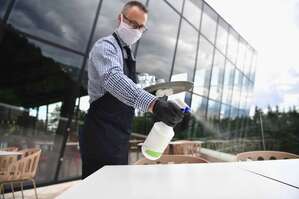
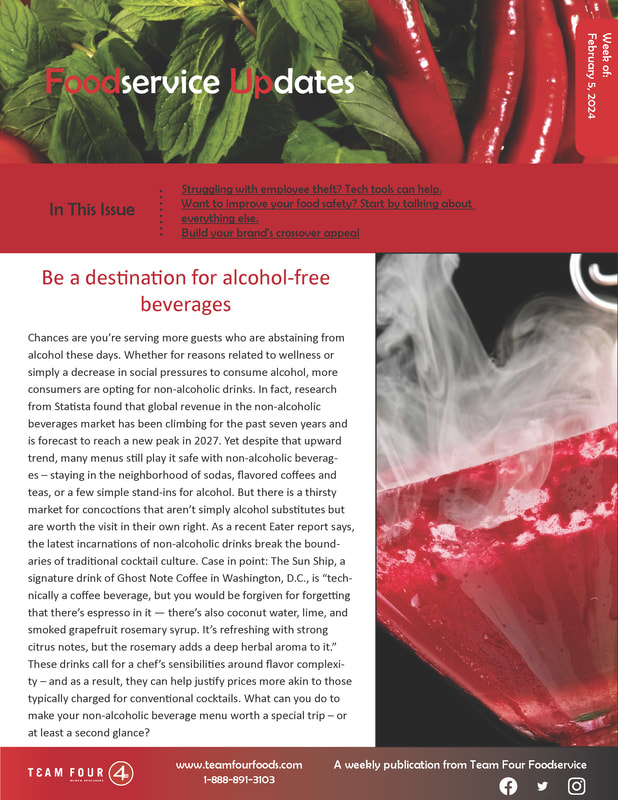
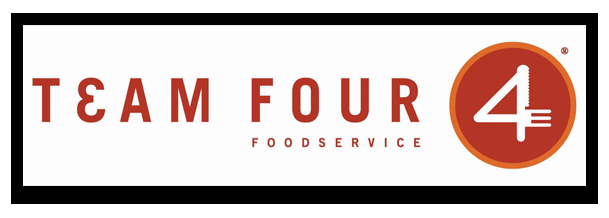
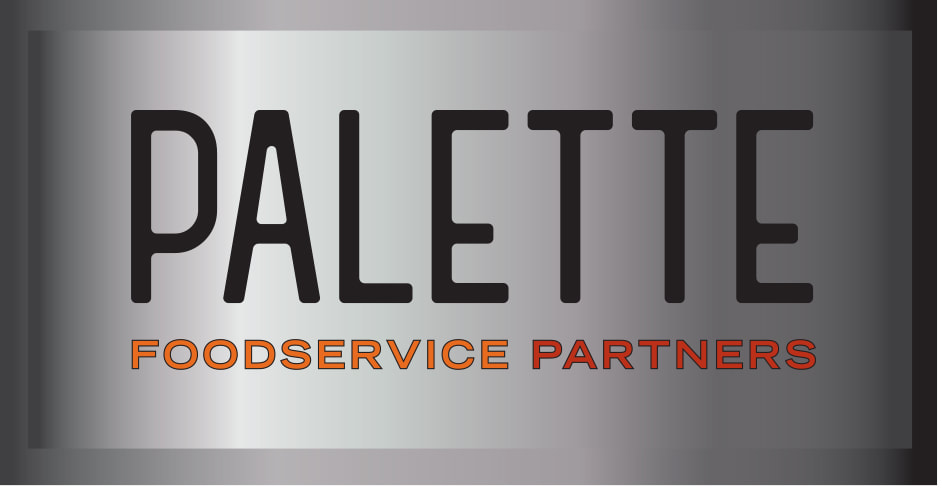
 RSS Feed
RSS Feed